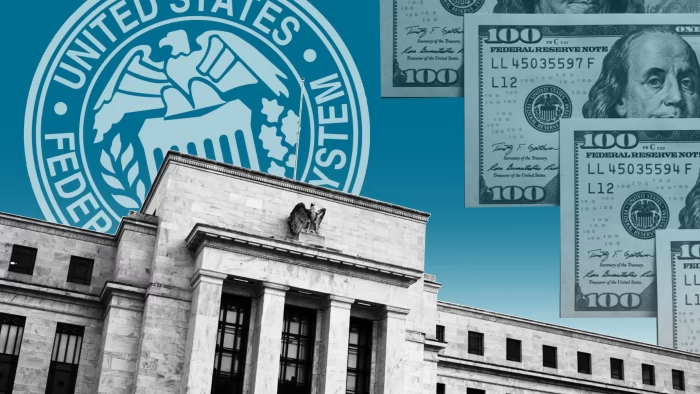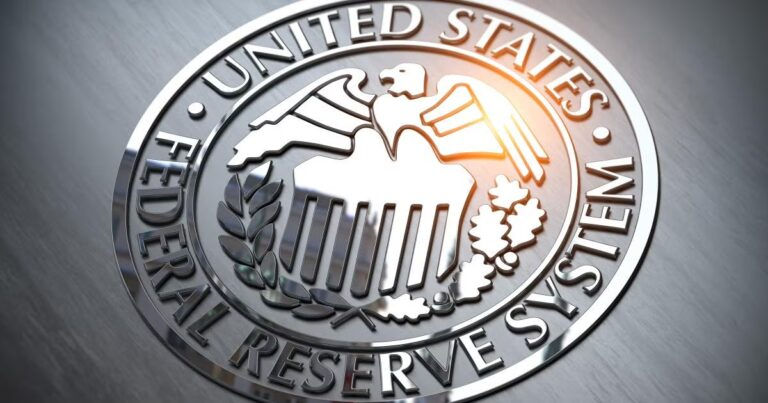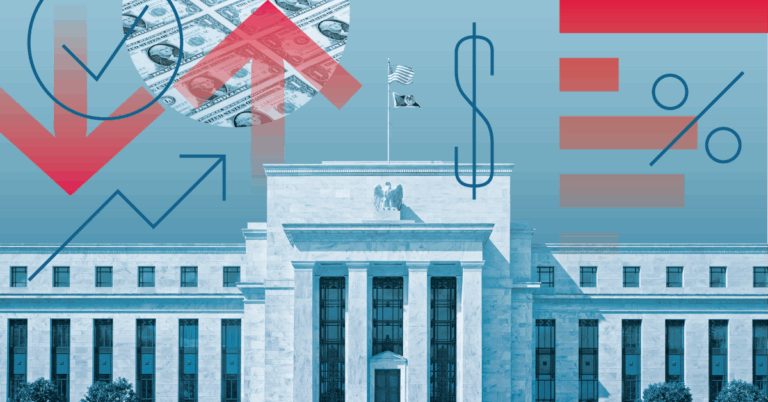The U.S. Federal Reserve (Fed) decided on wednesday to keep its benchmark interest rates unchanged at 4.25% to 4.5%, for the fourth consecutive time. However, the entity adjusted downward its economic growth projections and upward its inflation estimates, reflecting a less optimistic outlook than expected at the beginning of the year.

According to its economic update, the central bank now expects U.S. Gross Domestic Product (GDP) to grow by just 1.4% in 2025, down from 1.7% in March and 2.1% in December. It also forecasts inflation of 3%, exceeding its previous estimate of 2.7%. It also forecasts a slight increase in the unemployment rate, from 4.4% to 4.5%.
At the same time, President Donald Trump has intensified his criticism of the Fed and its head Jerome Powell, calling for an immediate cut in interest rates, accusing the bank of holding back the country’s economic success, even though the body maintains its cautious stance in the face of inflationary pressures and global uncertainty.

The government’s tariff policy, with new taxes on imports – especially on steel, aluminum, and automobiles – has not yet had a direct impact on consumer prices, although experts warn that this effect could take a few months to manifest itself. In fact, retail sales already fell by 0.9% in May, reflecting greater consumer caution.
Added to this is the escalation of geopolitical tensions in the Middle East, which threatens to drive up oil prices. Although this decline has helped to moderate inflation recently, a rebound in crude oil prices could further complicate the balance the Fed is seeking to maintain between economic growth and price stability.








